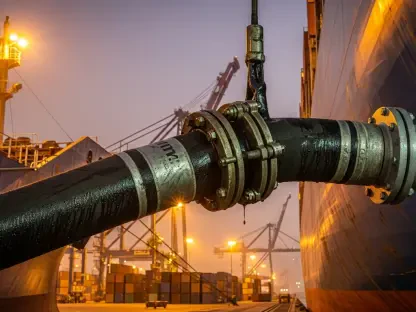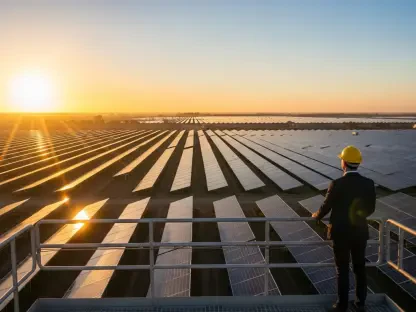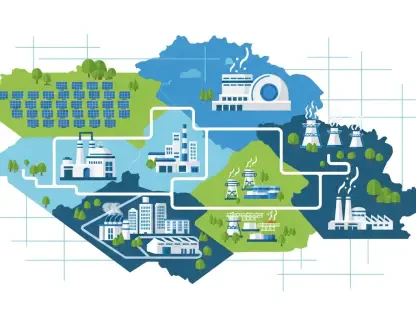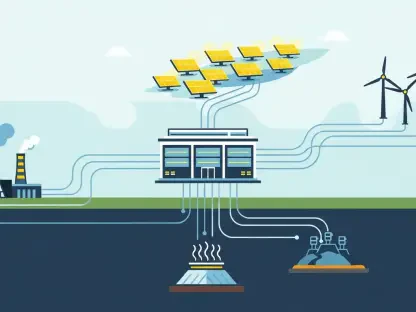In an age where oil markets are unpredictable and global energy dynamics shift swiftly, a pivotal question lingers: Do massive emergency oil reserves still serve as a vital shield for a leading oil-producing nation like the United States? This inquiry emerges amid unprecedented changes in America’s energy posture, catalyzed by controversial budget decisions that could redefine the future of its renowned Strategic Petroleum Reserve (SPR).
The Origins and Evolution of the SPR
The Strategic Petroleum Reserve, a monumental U.S. energy safeguard, was created in 1975 in the aftermath of the Arab oil embargo. Its establishment aimed to insulate the nation from adverse supply disruptions. Over the decades, the energy landscape evolved drastically, with the United States achieving a landmark transformation, ascending to become a net exporter of oil. The shale revolution further cemented its position as a global leader in oil production, altering the once critical necessity of a vast emergency oil stockpile.
Fiscal Examination: Trump’s Controversial Budget Cuts
President Donald Trump’s administration made a defining move by slashing the planned expenditure on the SPR’s replenishment. Originally budgeted at $1.3 billion, the funding was dramatically reduced to $171 million. This decision starkly contrasts previous administrations’ efforts and raises questions about the financial priorities of national energy security in light of burgeoning domestic oil output.
Transforming the U.S. Energy Paradigm
The U.S. domestic oil production surge, notably through shale drilling, has reshaped conventional notions of energy dependence. With the country crowned as the leading oil producer by 2018, the reliance on maintaining extensive reserves has been significantly questioned. As shale oil enhances domestic supply, the strategic urgency of the SPR faces reassessment, reflecting a paradigm shift in energy strategy.
Perspectives from Energy Experts
Insights from energy policy experts underscore the evolving significance of the SPR. Given the U.S.’s oil self-sufficiency, some argue that the SPR’s role as a supply buffer may be diminishing. Data from the International Energy Agency predicts sustained increases in U.S. oil production and exports, emphasizing a shift in global energy dynamics that challenges traditional notions of reserve necessity.
Implications for Future Energy Policies
The recalibration of reserves, driven by budgetary constraints and energy independence, invites deeper reflection on future U.S. energy policy. Balancing the geopolitical stakes of maintaining vast reserves with the advantages of energy autonomy presents a complex strategic landscape. As policies adapt to contemporary realities, the decision to draw down or refurbish the SPR could influence global oil markets and pricing structures.
In conclusion, President Trump’s budget cuts have initiated a transformative dialogue on energy security, casting the spotlight on the strategic choices ahead. As the nation navigates self-reliance and geopolitical factors, the future of the SPR embodies a crucial intersection of energy strategy and fiscal prudence. Ultimately, these developments contributed to reshaping America’s position in the global energy hierarchy, where maintaining or adjusting oil reserves became a reflection of broader economic and diplomatic objectives. The guidance gleaned from this reflective reevaluation became instrumental in shaping energy policies in subsequent years.









